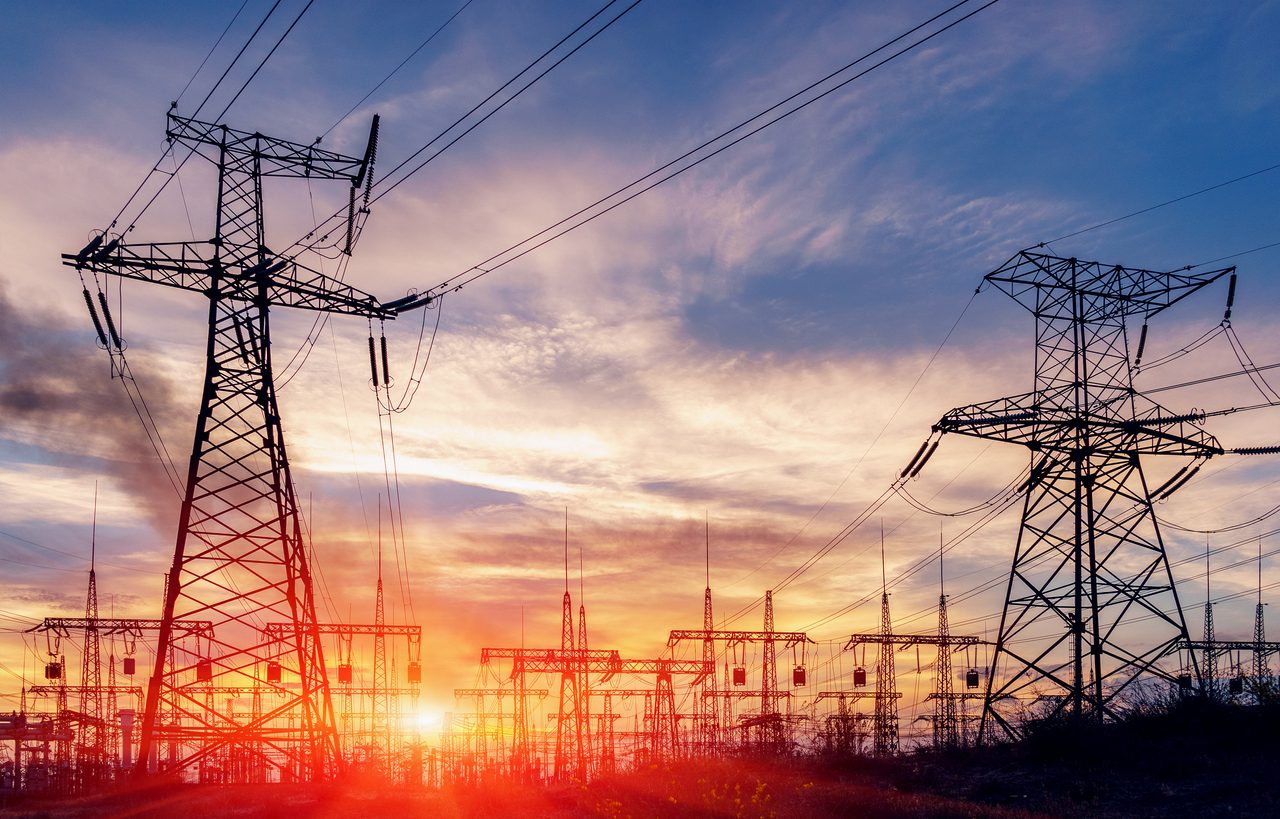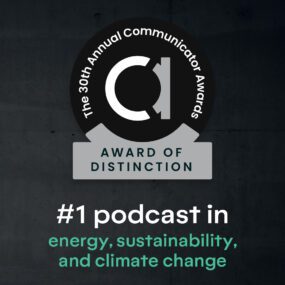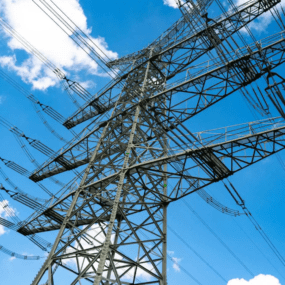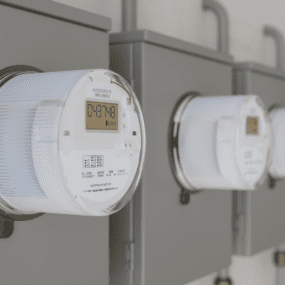Why utilities were unprepared for the new wave of power demand
The forecast calls for an overtaxed grid.

The forecast calls for an overtaxed grid.

Sign up for our newsletter
Stay in the loop with all things GridX and beyond.
Rob Gramlich has worked in the bulk power system for decades, long enough to see several cycles of tumult and growth. And the grid could be headed for another chaotic period unless planners, regulators, and utilities prepare for quickly-growing loads.
Speaking on the With Great Power podcast, Gramlich said his firm, Grid Strategies, discovered alarming shortfalls around regional transmission planning, due in large part to complacency.
“For the last 20 years, we were in this one mode of basically flat, less than 1% per year growth. And now it is different. It’s structurally different. It’s a whole [other] era,” he said.
Gramlich says planners have failed to keep up with growing loads coming from new manufacturing plants, data centers powering AI, and electrified homes. After years of flat growth, utilities and planning commissions shrank their planning departments. These smaller teams were slow to anticipate how much a surge in new domestic industrial activity would have on the grid.
Between 2022 and 2023, the nationwide forecast for electricity demand shot up from 2.6% to 4.7% growth over the next five years, according to Grid Strategies’ analysis. Now utilities and planning commissions are scrambling to change course.
Duke Energy, Dominion Energy, and other utilities are seeking approval for new gas generation to meet load growth, an ironic twist considering much of the new demand is coming from factories supported by President Biden’s climate agenda.
A recent report says the quick deployment of demand response programs and grid enhancing technologies could stave off a return to fossil fuels and kickstart efficiency efforts. Companies are turning to off-grid solutions to avoid long interconnection queues for the grid. Major tech firms, including Google and Microsoft, are looking at geothermal and small nuclear plants to power data centers.
But addressing load growth will also require new policy and regulatory approaches. FERC oversees transmission and generation, but the states manage distribution systems – and that’s a problem, said Gramlich.
“It’s like one person with their foot on the accelerator and somebody else with their hand on the steering wheel,” he explained.
Better coordination between state and federal electricity regulators could support more integrated planning, he said.
And very little spending from the IRA and bipartisan infrastructure law actually goes toward modernizing the grid, which Gramlich calls a missed opportunity. New incentives, like an investment tax credit for transmission, could help.
Despite the challenges, Gramlich is encouraged by the Department of Energy’s Grid Deployment Office, which is investing in critical transmission and distribution projects and could see a 57% budget increase.
FERC, which is also seeking a budget increase, will soon consider a new order on transmission planning that Gramlich calls the most important energy policy in the country. The directive asks transmission owners to “just look honestly at the anticipated future generation and retirements and load and then plan the infrastructure that you need for that,” he said.
Those active in FERC, including most utilities, agree they need to take a good look at the oncoming wave of demand and plan accordingly. But Gramlich says “they kind of need a kick in the rear end.”
For the full conversation with Rob Gramlich, listen to his interview on season 3 of With Great Power:
Listen to the episode here.
With Great Power is a show about the people building the future grid, today. It’s a co-production of GridX and Latitude Studios. Subscribe on Apple, Spotify, or anywhere you get your shows.
Read the original article from Latitude Media here.

GridX Nabs a Communicator Award for With Great Power
With Great Power recognized for exceeding industry standards in business-to-business communications.




